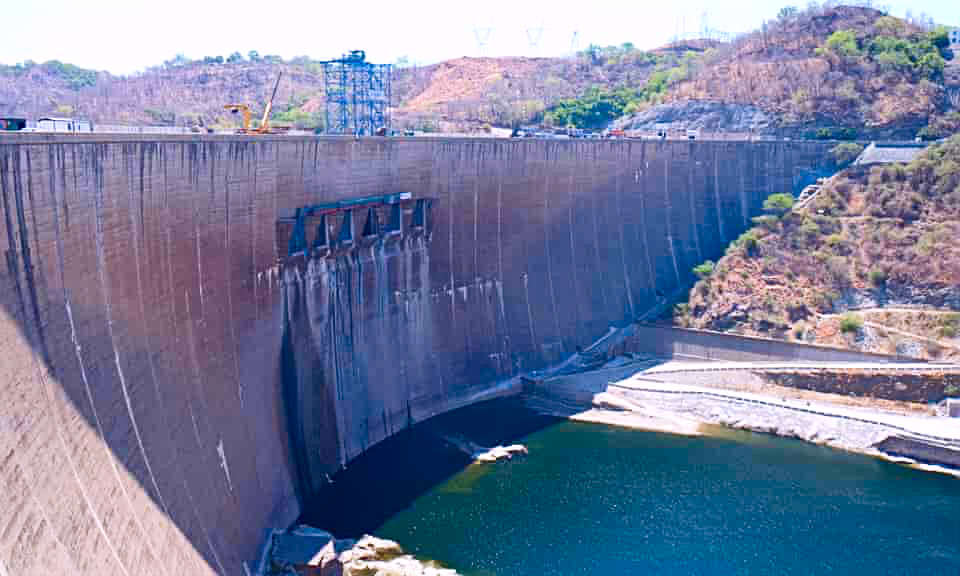KEY POINTS
- Droughts reduce water availability, disrupting hydropower generation in East Africa.
- Energy shortages increase costs and undermine economic and social stability.
- Diversifying energy sources and improving water management are essential solutions.
Hydropower is a critical energy source for East Africa, providing affordable and renewable electricity to millions.
Most East African countries like Kenya, Uganda, and Ethiopia have emplaced hydropower as their dominant source of electricity, and some of them rely on it for over 70 percent of their requirement.
Nevertheless, the enhanced frequency and intensity of droughts as the result of climate change is an issue for regular hydropower generation in the region. These impacts are not only negativities that endanger energy security, but also distort the economic growth and development.
How droughts affect Hydropower Generation
Shortage of water greatly affects the hydropower production because the water sources of hydropower are rivers and reservoirs.
In East Africa, prolonged periods of limited precipitation have therefore reduced water discharge in the major rivers including the Nile, Tana and Rufiji affecting electricity production. For instance the Kenya’s Turkwel Hydropower Plant has some of its power capacities chopped off drastically by droughts leading to blackouts all over the country.
In Ethiopia, the Grand Ethiopian Renaissance Dam (GERD), a flagship hydropower project, has faced operational delays due to inconsistent water flows. In the same way, the Ugandan electricity generation from hydropower from water from Lake Victoria has been interfered by reduced water levels during dry seasons.
These challenges are indicative of the susceptibility of hydropower to climatic conditions as well as providing a rationale for the importance of energy diversification.
Economic and social consequences
The effects of drought as felt on hydro power are not only absence of energy but more of it. Deficiency of electric supply results to high energy tariffs since governments have to import fossil fuels or resort to expensive thermal power.
This shift exacerbates greenhouse gas emissions and undermines renewable energy objectives of the region. Enterprise relying on energy continuity also experience disruptions which in turn slow down the profitability of business.
In social context, droughts causes power outages which in return has an effect on health care and education. For example, in the rural settings, restricted electricity makes it harder to achieve clean water pumping since systems seize to work.
The cost of energy which has risen puts extra pressure to low income earners hence increasing poverty levels among citizens. The combined economic and social toll of reduced hydropower generation highlights the urgent need for sustainable solutions.
Mitigation and adaptation strategies
To address the challenges posed by droughts, East African nations must adopt a multi-faceted approach to energy generation and water resource management.
As for the energy mix, in order to decrease dependence on hydropower, energy security could be improved respectively investing in solar, wind, geothermal power.
For example, Kenya has made significant strides in geothermal energy, which now contributes over 40 percent of its electricity. Some of the risks associated with droughts can be reduced by extending similar programmes across the
Water management systems also need enhancement of which has equal significance. Building reservoirs with greater storage capacity and implementing efficient water usage practices can help stabilize water supplies for hydropower generation.
Regional cooperation is also crucial, as shared water resources like the Nile require collective management to ensure equitable and sustainable use. International organizations such as the African Development Bank are already supporting such initiatives through funding and expertise.



